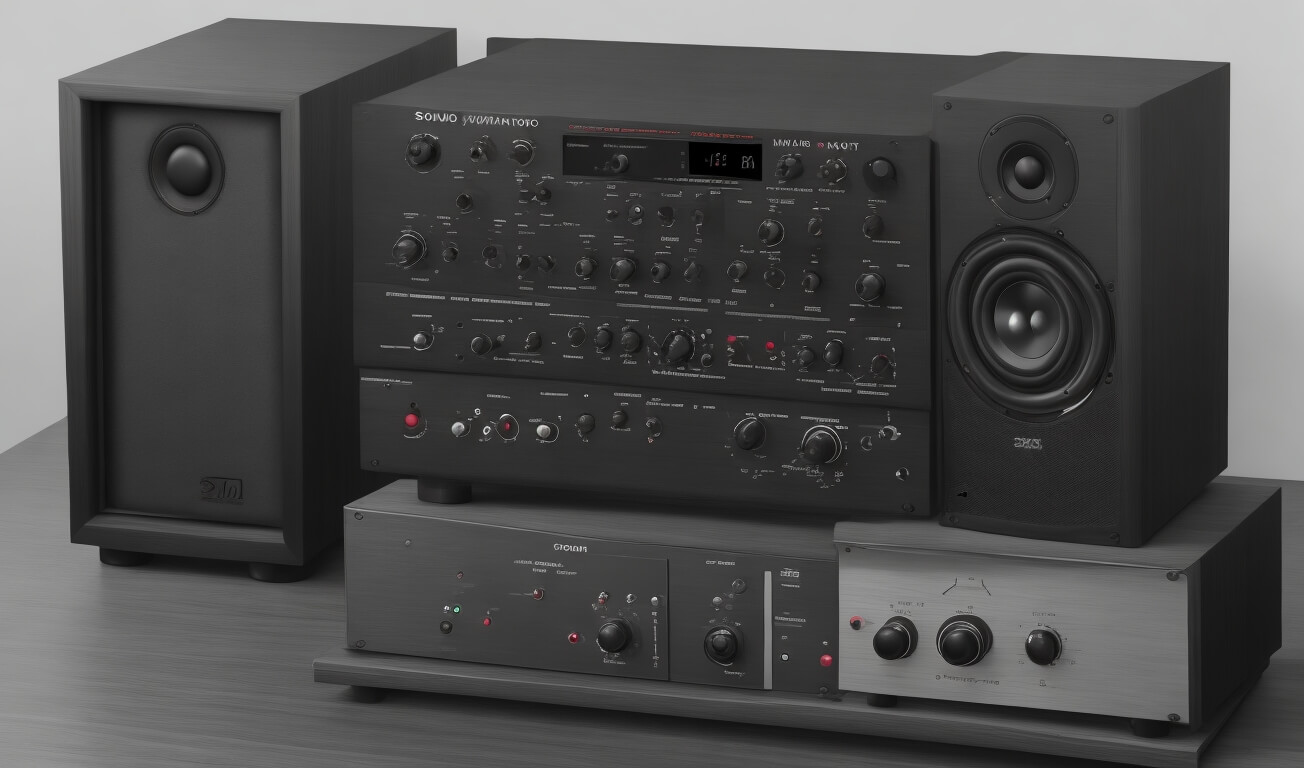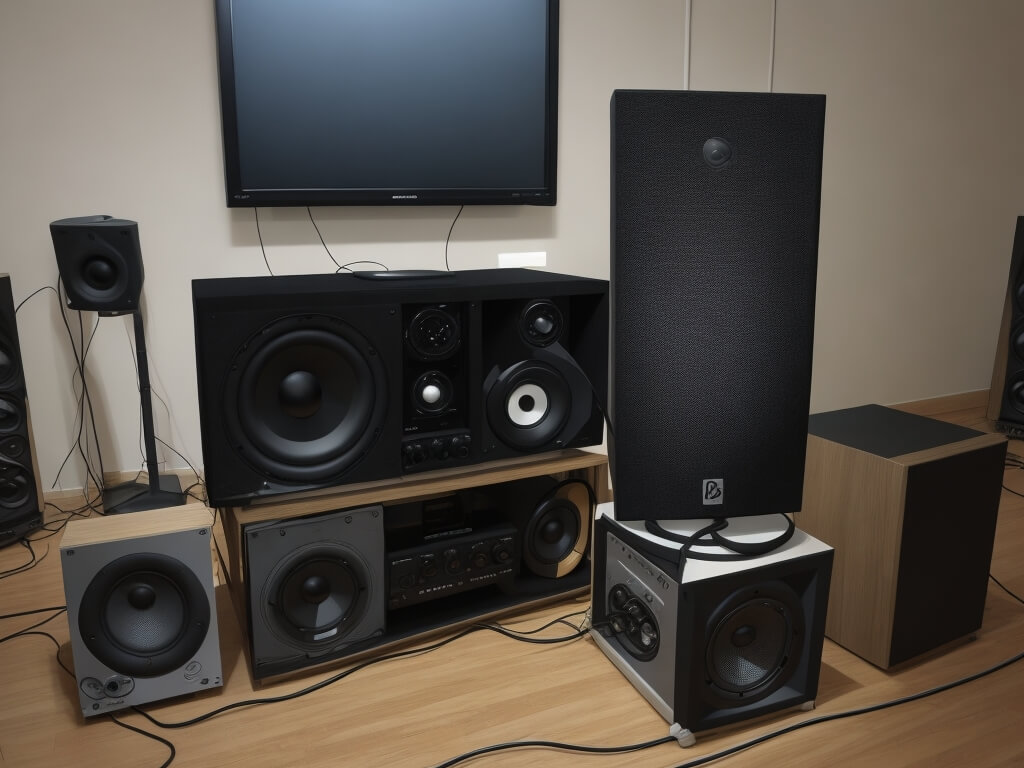
The quest for innovative ways to generate power is more crucial than ever. One intriguing avenue gaining momentum is the harnessing of sound energy, transforming vibrations into a renewable resource. This approach not only offers a unique solution to energy demands but also holds the promise of a cleaner, more sustainable future.
Understanding Sound Energy
Before diving into the captivating possibilities of sound energy, let’s establish the fundamentals. Sound energy is a type of mechanical energy generated by vibrations that propagate through a medium, be it air, water, or solids. These vibrations, stemming from diverse sources like machinery, traffic, or music, have the potential to be transformed into practical power through innovative technologies.
This energy conversion process relies on the utilization of piezoelectric materials, which possess the remarkable ability to convert mechanical stress into an electric charge. These urban vibrations could be captured and converted into electrical energy, marking a groundbreaking stride towards sustainable power solutions.
The Conversion Process
To understand how sound is converted into energy, let’s consider a scenario in a bustling city. Think of the constant hum of traffic on a busy street. Now, envision the vibrations produced by this urban activity being captured and transformed into electrical energy. This conversion process relies on specialized devices called piezoelectric materials, capable of converting mechanical stress into an electric charge.
In technical terms, when sound waves generate vibrations, these piezoelectric materials undergo tiny deformations. This deformation leads to the creation of an electric potential, which can be utilized as a power source. It’s a way of tapping into the rhythmic vibrations of a city and converting them into a sustainable energy reservoir.
What makes this conversion noteworthy is its simplicity and efficiency. Unlike conventional energy extraction methods, which often involve intricate processes and environmental concerns, the use of piezoelectric materials offers a straightforward and environmentally friendly solution. These positions sound energy as a compelling prospect for the future, highlighting its potential to contribute to the development of cleaner and more sustainable urban environments.
As we continually seek innovative approaches to fulfill our energy requirements, the conversion of sound into a power source emerges as a promising and accessible avenue for a greener tomorrow. The adaptability of this technology, especially in urban settings where ambient sound is abundant, could play a pivotal role in shaping a more sustainable energy landscape. The conversion of sound into energy presents a pragmatic and viable solution, aligning with our collective efforts to build a more environmentally conscious future.
Piezoelectric Marvels
When exposed to sound vibrations, Piezoelectric materials undergo tiny deformations that create an electric potential, which can then be utilized for power generation.
The applications of these materials are both diverse and promising. From busy urban streets to industrial settings, the ability to convert ambient sound into electricity opens avenues toward a cleaner and more efficient energy landscape. As researchers delve into the potential of piezoelectric materials, we anticipate further breakthroughs that will enhance their efficiency, making them increasingly integral to the future of sustainable energy.
Applications of Sound Energy
The applications of sound energy are as diverse as they are exciting, offering a glimpse into a future where our everyday surroundings become sources of sustainable power. One of the most promising domains for sound energy integration is within urban environments.
The potential for integrating sound energy into industrial settings is immense, marking a paradigm shift in energy production. Consider factories and manufacturing plants, where constant machinery-generated vibrations could be harnessed to render these facilities self-sufficient power producers. This reduces dependence on traditional energy sources and significantly lowers the carbon footprint of these industrial spaces, aligning with global efforts to mitigate environmental impact.
Furthermore, the versatility of sound energy applications extends to remote locations and off-grid communities. The ability to harness ambient sound, whether from nature or human activity, offers a decentralized and sustainable energy solution. As we explore these diverse applications, the potential for sound energy to reshape our energy landscape becomes ever more apparent, ushering in an era where the sounds around us are valuable resources for a cleaner, greener future.
Environmental Benefits
The transition towards sound energy brings about significant environmental advantages, marking a step toward a more sustainable and eco-friendly energy landscape. Unlike conventional fossil fuels, sound energy stands out as a clean and renewable resource. One of its primary environmental merits lies in its ability to produce energy without generating harmful greenhouse gas emissions, making a commendable contribution to the global fight against climate change.
The contrast with fossil fuels is stark. Traditional energy sources like coal and oil release substantial amounts of carbon dioxide and other pollutants into the atmosphere, contributing to the greenhouse effect and climate instability. In stark contrast, sound energy harnesses the power of vibrations without compromising air quality or adding to the planet’s carbon burden.
By tapping into the ambient soundscapes of our urban environments, we unlock a unique and sustainable energy source. This forward-thinking approach reduces our reliance on finite and environmentally damaging resources and aligns with the urgent need to transition towards cleaner energy alternatives. Sound energy emerges as a harmonious solution that resonates with our commitment to preserving the planet for future generations.
As we stand on the brink of a new era in energy production, the possibilities presented by sound energy are truly captivating. Turning the vibrations that surround us into a renewable resource is a testament to human creativity in addressing the pressing issues of our time. With ongoing research and advancements, sound energy may well become a significant player in the transition to a sustainable and cleaner energy landscape.

